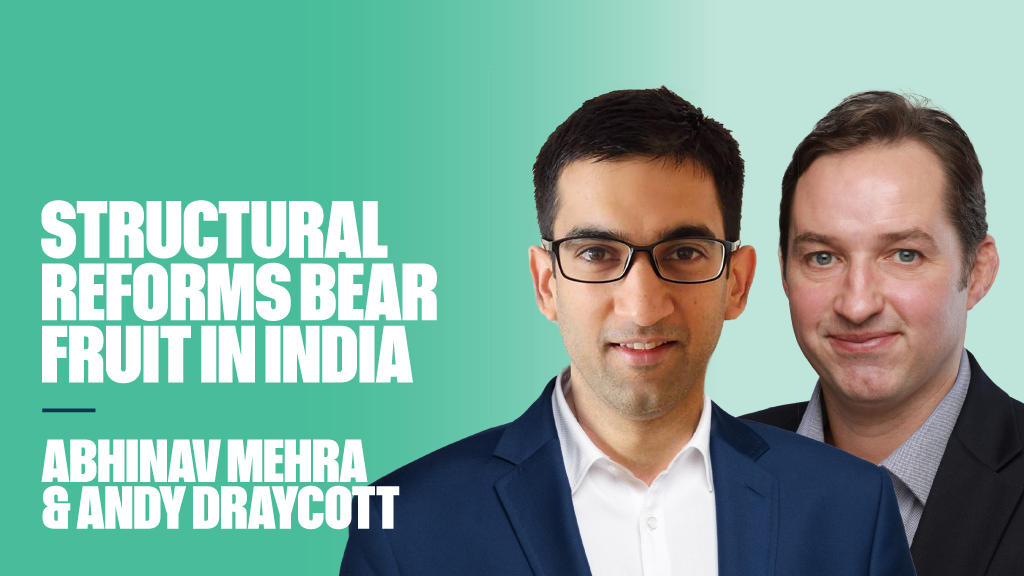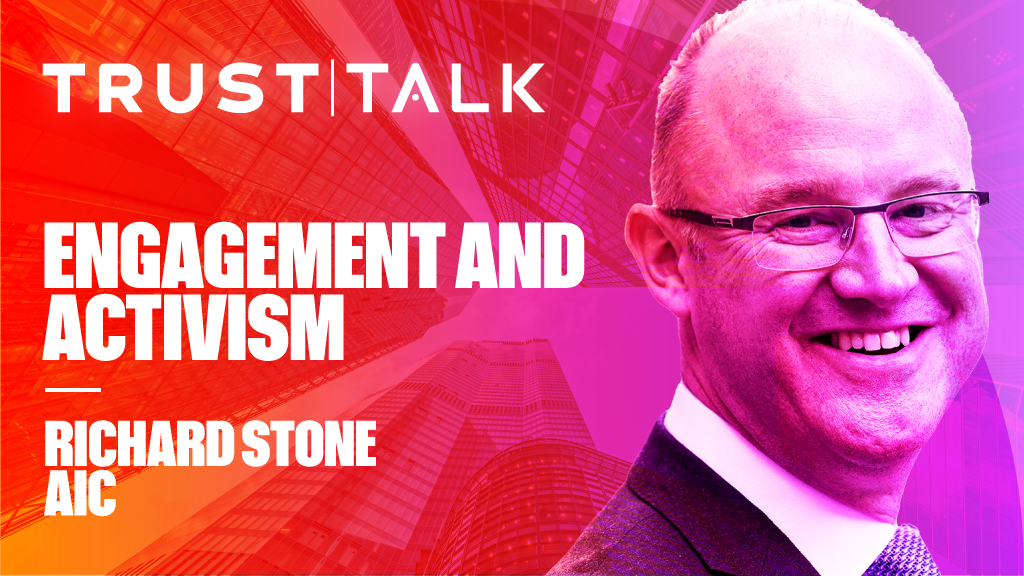Mistrust of markets has been an ongoing theme over the past couple of years, with each rally met with more scepticism than the last. The suspicion surrounding the apparent serenity of the Vix Index in August – when it fell to its lowest level for five years, since before the credit crisis – encapsulates this perfectly.
“The Vix must be broken,” cried some, before calling for the hatches to be battened down in preparation for a turbulent fourth quarter. While it makes sense that the summer is a quiet time – and always has been as the City takes a breather and prepares for the autumn rush – is there any evidence to suggest we are in for a notably bumpier road ahead?
Nick Lyster, CEO of Principal Global Investors, believes there is nothing in the political (US elections) or economic (eurozone crisis) outlook that should let us expect anything other than more volatility to come.
Markets morph
He says: “Markets themselves have changed. Investment banks just don’t have the capital to be the market makers they used to because of various regulations, so trades, whether it’s bonds or equities, are much smaller now. When people do want to buy, you tend to get much more volatile pricing and that’s not going to change.”
Lyster cites an extensive independent study on volatility, released in June by Create-Research and commissioned by Principal. It found that while 78% of asset managers agree that markets are in an era of prolonged turbulence, 71% also say they are confident that this still offers an opportunity for active managers to deliver good returns.
So, with so much money still sitting on the sidelines, what is holding them back? There are real fears about the impact of the debt crisis, and changes to financial regulation (see graph 1), though Mike Jennings, CIO at Premier Asset Management and manager of its Global Strategic Growth Fund, believes that while markets may have drifted upwards this summer, volumes have collapsed on very little news flow.
More P than E
He adds: “If we take P/E ratios, prices have risen but earnings have not, and they are only now just catching up. Europe is still estimated at 13% earnings growth next year. Is this feasible? I think the risk on earnings is on the downside.”
Jennings believes that equity fund managers face a quandary. He says: “People have been paying a premium for low-risk stocks. Fund managers don’t want to lose the comfort that they have in holding defensives, but they also don’t want to add to these positions as they are expensive stocks.
“So why do we not switch to cyclicals? Cyclicals are high beta, and driven by sentiment. But the risk for us is that we don’t want an overly punchy portfolio.”
For investors like Jennings and Lyster, the aim is to reduce volatility through diversification. Elsewhere the absolute return sector carries the appeal in using short selling to smooth out returns. However, many fund selectors remain suspicious of the poor performance of many of these vehicles, which have not necessarily delivered as promised.
Put and call hedging
An alternative might be other more sophisticated Ucits funds that use derivatives as insurance against market movements. These are often housed in income sectors, or marketed specifically as volatility funds. They can use call selling to generate up-front premiums in exchange for giving up potential upside growth, while put options may also protect against the bulk of downside risk.
Two examples of volatility funds are Société Générale with its US and UK Defensive Income Funds, and Theam – part of BNP Paribas – with its Euro Long Vol Fund. The latter fund was launched in 2007 specifically to provide investors with protection against extreme market shocks, such as tail risk events.

Denis Panel, Theam’s CIO, likens investment in volatility funds to taking out an insurance contract. “It can be costly if you don’t have any accidents,” he points out.
Buying outright protection for equities can certainly be an expensive exercise, even when volatility levels are near the lows of 2007.
“Protection against a drop in UK equities using a FTSE 100 put expiring in September 2013 would cost an investor 8% of the amount they wish to cover,” explains John Teahan, manager of RWC’s Enhanced Income Fund.
“That means equities would have to fall 8% before you receive any net benefit from your protection strategy.”
A more cost-effective way of achieving protection, says Teahan, is through investing in lowly valued shares perceived as low risk where the attractive valuation offers protection against a market fall. Many of these companies also pay dividends, an additional source of protection.
He adds: “The risk-adverse investor can combine such a strategy with a cash holding. They can use such cash to take advantage of opportunities to buy further cheap shares in a market drawdown. Furthermore, combining a covered call strategy enhances the income stream from their portfolio while allowing for some capital gains should the market continue to trend upwards.”
However, Teahan warns about being lulled into a false sense of comfort by low Vix readings that can turn very quickly.
He says: “In July last year the Vix Index was under 16 and one month later it hit 43. In such uncertain times we believe it is as important as ever to invest carefully.”

This message of caution might resonate in the world of professional investors but Patrick Connolly, certified financial planner at AWD Chase deVere, says that, as far as many of his clients are concerned, the perception has been that volatility has remained high throughout this year, and since the beginning of the credit crisis.
Reality and fear
He says: “They see in the news the stories of the economic problems around the world, particularly in Europe, and they see stories of pension deficits and investment markets struggling, even though that may not necessarily be the case. The perception is that volatility is much higher than the actual reality.”
This may help explain the ongoing popularity of so-called safe haven assets in the retail market, such as cash, perceived higher-quality fixed interest and gold. Connolly adds that one of his toughest challenges is convincing clients not to be concerned with short-term market movements.
“Investors are trying to avoid risk and, yes, it is sensible that they do not take on too much risk, but there is a real concern that many investors are actually taking too little risk,” he says.
“There will always or never be light at the end of the tunnel, dependent on your way of thinking. When something that causes uncertainty is resolved, something else will quickly follow in its place.”











